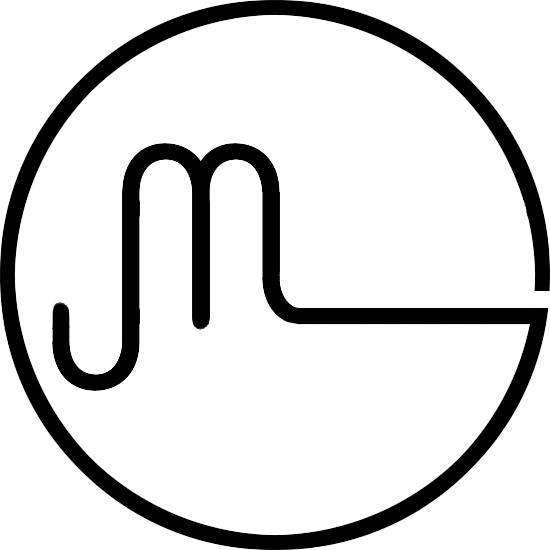How Osteopathy Can Help with TMJ Pain and Bruxism
Temporomandibular joint (TMJ) disorders and bruxism (involuntary teeth grinding or clenching) are increasingly common conditions that affect the jaw, face, head, and neck. These issues are often misunderstood or misdiagnosed, leading to ongoing pain, discomfort, and functional limitations. Fortunately, osteopathy offers a non-invasive, holistic solution that addresses not only the site of the pain but also the deeper biomechanical and neurological patterns that sustain it.
At Jo Martin Osteopathy, Dr. Johannes Martin Maehrlein (‘Jo the Osteo’) brings a unique depth of expertise to treating TMJ dysfunction, having studied with both a German-trained orthodontist specialising in jaw mechanics and an osteopath who focuses exclusively on cranial and TMJ conditions. This foundation allows for a nuanced and effective approach to one of the most complex joints in the human body.
Understanding the Temporomandibular Joint
The TMJ is the hinge-like joint connecting the lower jaw (mandible) to the temporal bone of the skull. It enables essential movements such as speaking, chewing, and yawning. Due to its intricate structure and constant use, the TMJ is particularly vulnerable to dysfunction.
Common symptoms of TMJ dysfunction include:
Jaw pain or stiffness
Clicking or popping noises when opening or closing the mouth
Difficulty or pain while chewing
Locking of the jaw
Ear pain or pressure
Tension headaches or migraines
Neck and shoulder discomfort
In many cases, TMJ dysfunction is not isolated. It interacts with surrounding structures and postural patterns, which is why a whole-body perspective—central to osteopathy—is essential for both diagnosis and treatment.
What Is Bruxism and How Is It Related to TMJ Pain?
Bruxism refers to the involuntary grinding or clenching of the teeth, often during sleep or periods of heightened stress. This persistent tension places significant strain on the TMJ and surrounding muscles, contributing to:
Muscular fatigue in the jaw and neck
Heightened sensitivity in the teeth
Headaches or facial pain upon waking
Increased risk of TMJ degeneration or disc displacement
While bruxism is commonly associated with dental health, its origin often involves the autonomic nervous system, emotional stress, poor sleep quality, and postural imbalances—areas where osteopathy can provide meaningful support.
The Osteopathic Approach to TMJ and Bruxism
Osteopathy recognises that the body functions as a unified whole. When one area—such as the jaw—is restricted or strained, other areas will compensate, often creating a cascade of tension or dysfunction. Osteopathic treatment of TMJ pain and bruxism typically involves several key elements:
1. Detailed Assessment
An osteopath will evaluate not only the jaw joint but also:
Cranial and facial bone symmetry
Neck and upper back alignment
Breathing patterns and rib cage mobility
Muscle tone in the shoulders, face, and cervical spine
Dental occlusion (bite) and tongue posture, in collaboration with dental professionals if needed
This comprehensive examination helps identify contributing factors such as poor posture, whiplash history, emotional stress, or chronic nasal congestion that may affect jaw function.
2. Targeted Manual Techniques
Depending on the individual case, treatment may include:
Myofascial release to reduce tightness in jaw and neck muscles (this may include dry needling if agreed upon)
Gentle joint mobilisation of the TMJ and cervical spine to restore mobility
Cranial osteopathy to balance the subtle movements of the cranial bones, especially relevant in chronic or stress-driven cases
Balancing the autonomic nervous system through calming, parasympathetic techniques—beneficial in bruxism and stress-linked clenching
3. Patient Education and Lifestyle Advice
Long-term improvement often depends on understanding and addressing lifestyle contributors. Patients may receive guidance on:
Ergonomics (e.g., desk posture, phone use)
Breathing techniques to reduce jaw tension
Mindfulness and relaxation strategies
Referral to dental professionals for custom night guards if structural occlusal support is needed
Conclusion
TMJ disorders and bruxism are often multifactorial in origin, involving muscular tension, postural imbalances, cranial misalignments, and emotional stress. Osteopathy offers a gentle yet highly effective approach to addressing these layers of dysfunction by looking beyond the jaw itself and restoring balance throughout the body.
Through targeted hands-on treatment and thoughtful collaboration, osteopathy can provide lasting relief from jaw-related pain and grinding—and help you reclaim comfort in everyday actions like speaking, eating, and smiling.
References
Gauer, R. L., & Semidey, M. J. (2015). Diagnosis and Treatment of Temporomandibular Disorders. American Family Physician, 91(6), 378–386.
Manfredini, D., Winocur, E., Guarda-Nardini, L., Paesani, D., & Lobbezoo, F. (2013). Epidemiology of bruxism in adults: a systematic review of the literature. Journal of Orofacial Pain, 27(2), 99–110.
De Laat, A., Stappaerts, K., Papy, S., & Meeus, L. (2003). Counseling and physical therapy as treatment for myofascial pain of the masticatory system. Journal of Orofacial Pain, 17(1), 42–49.
